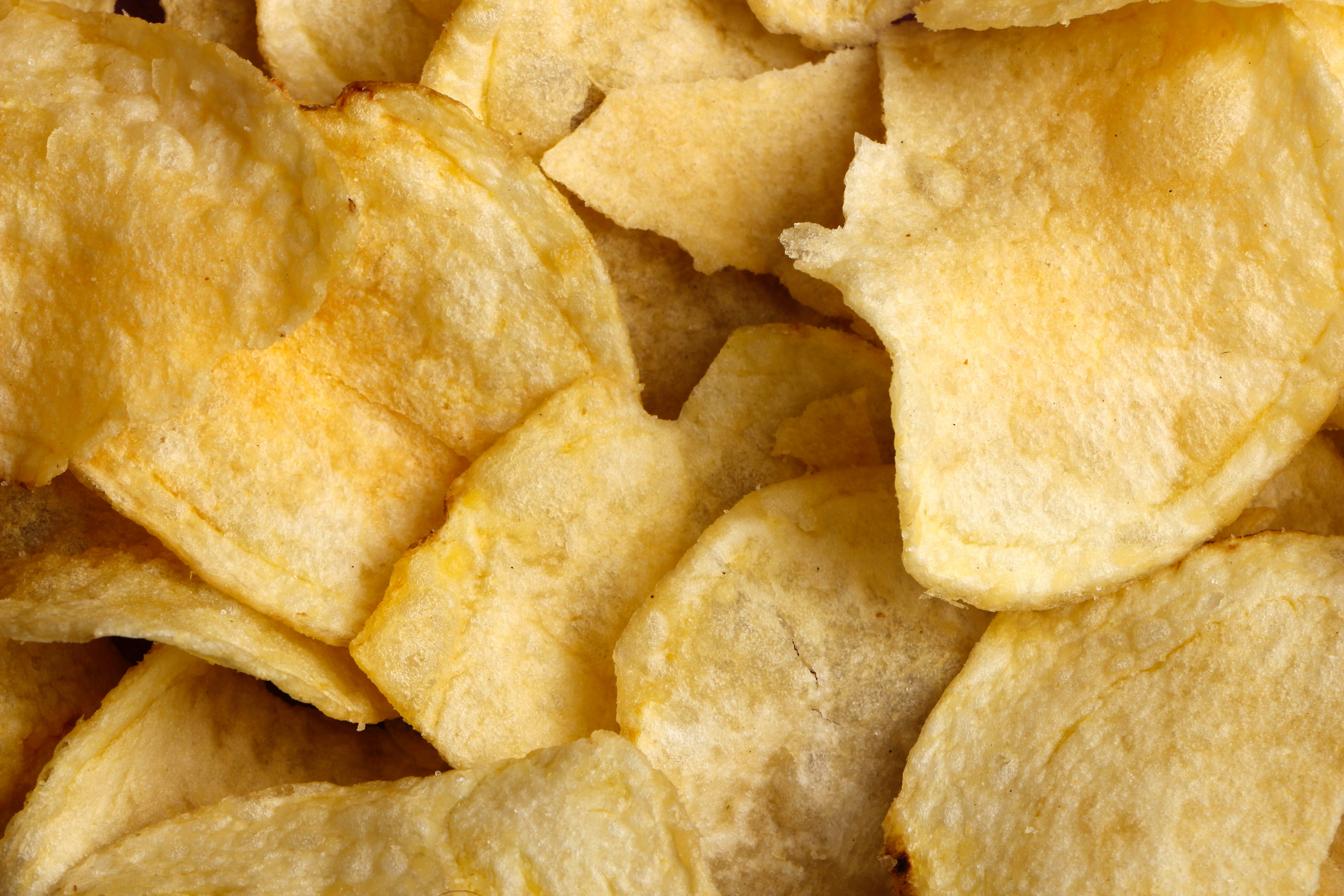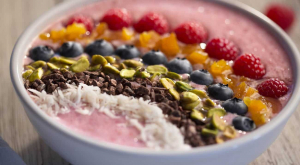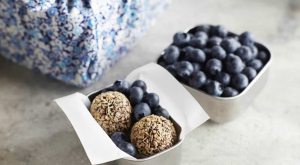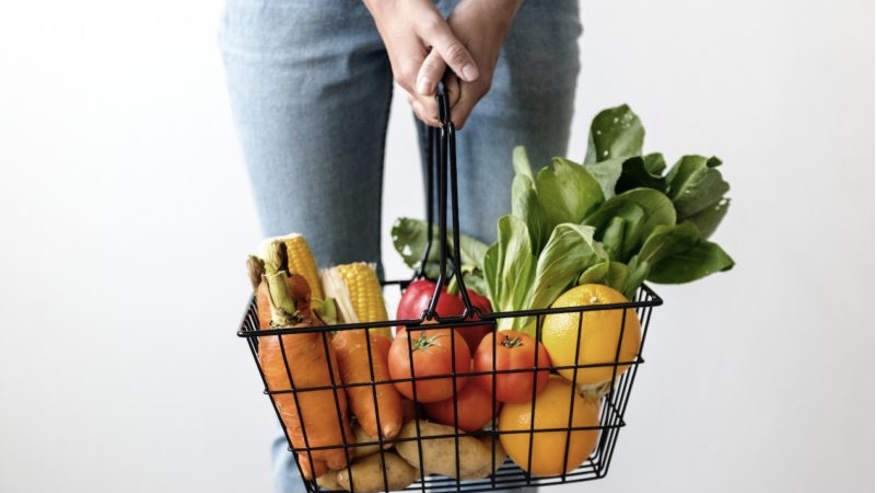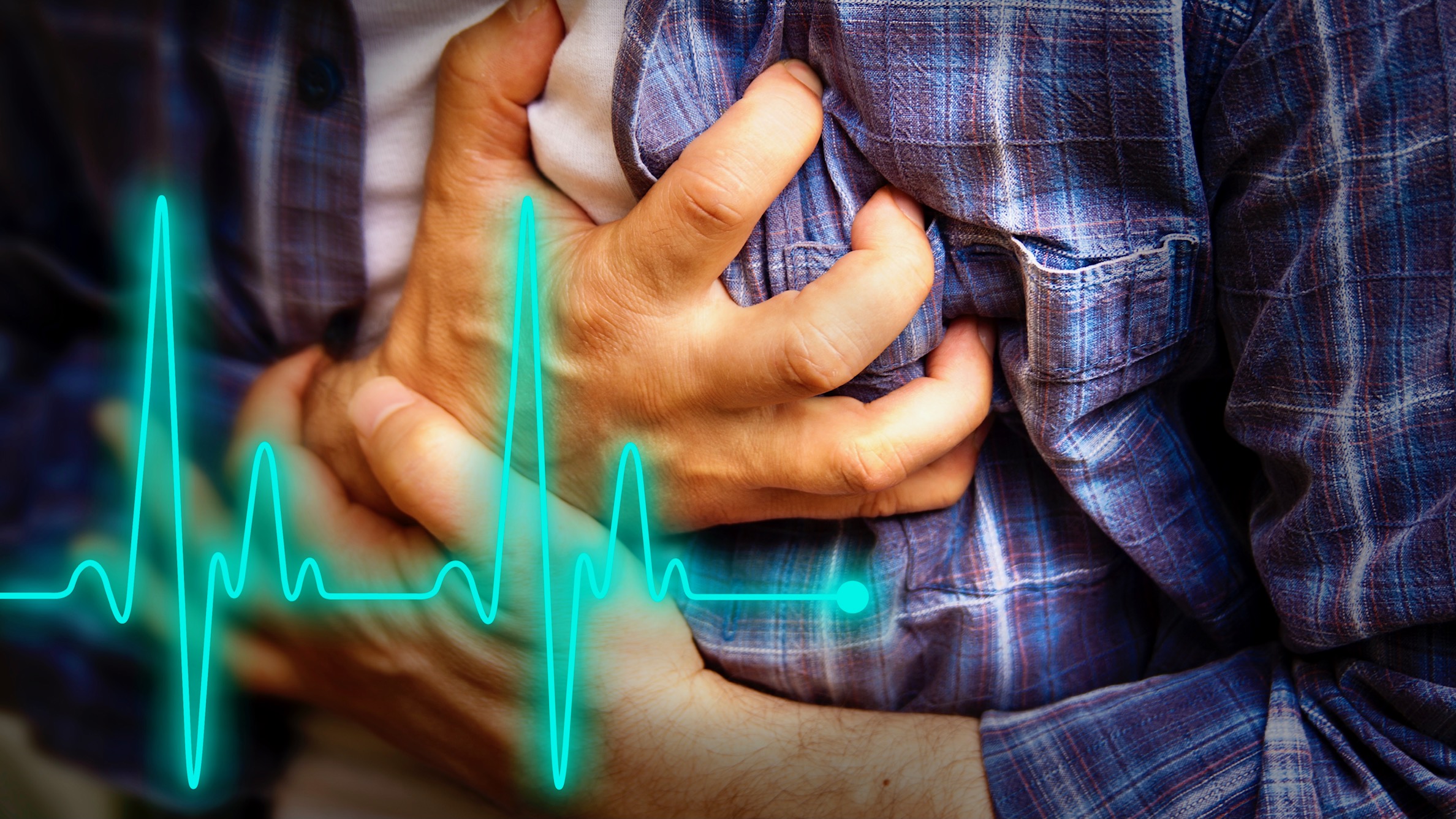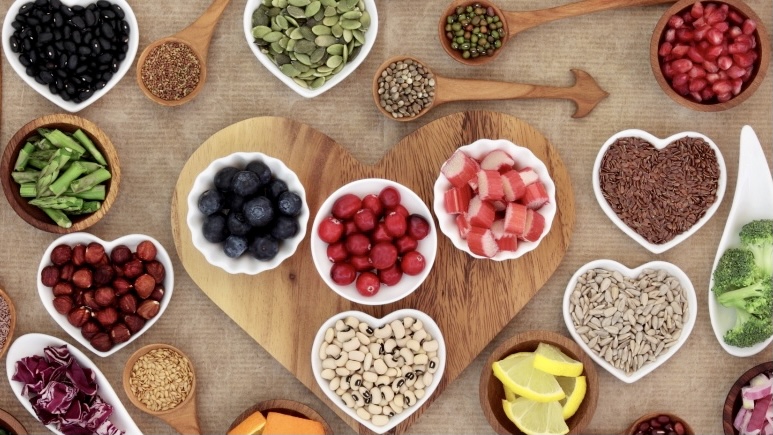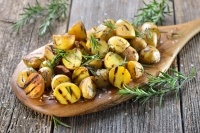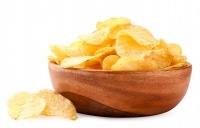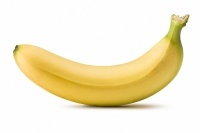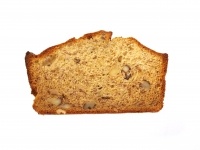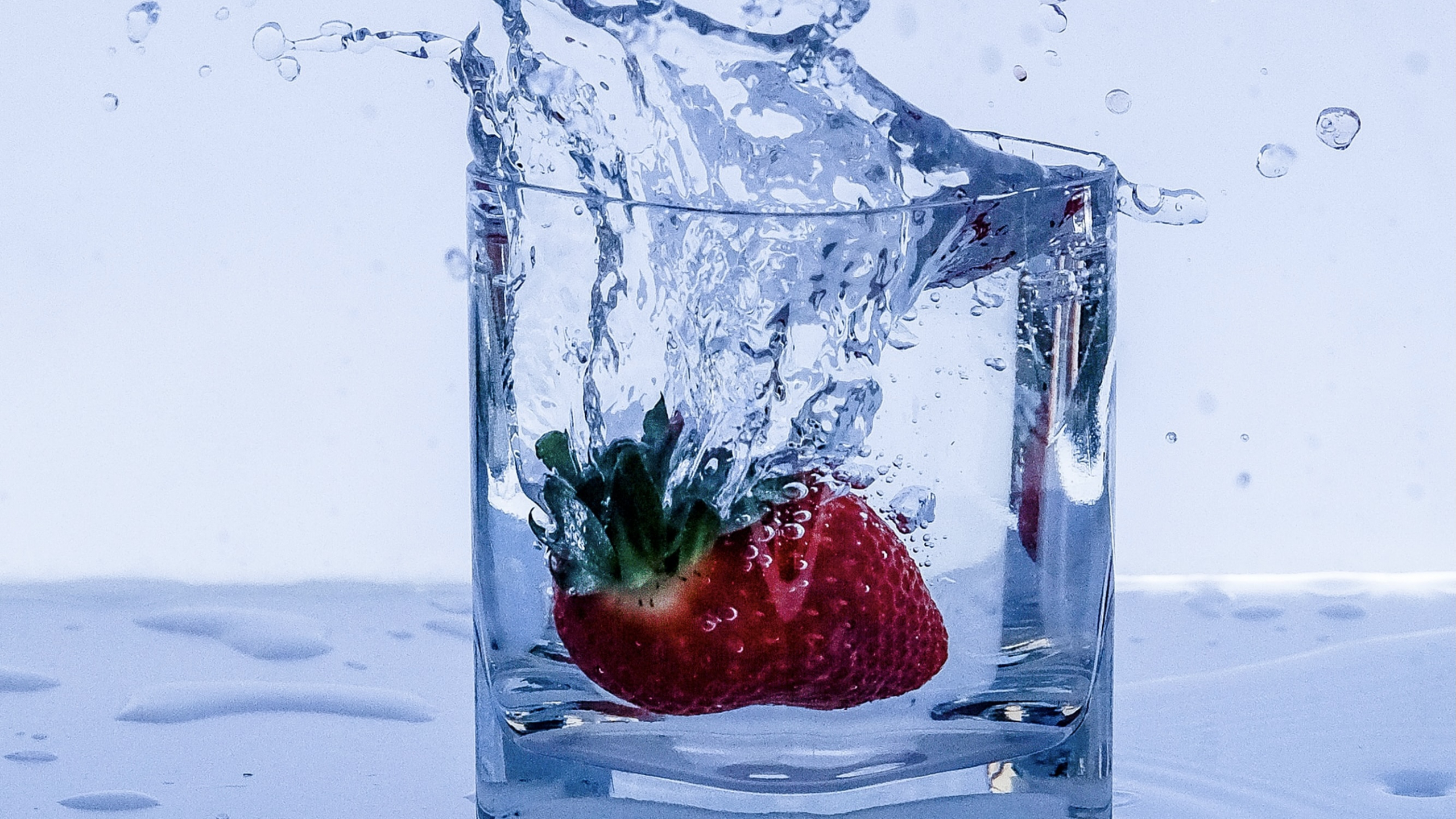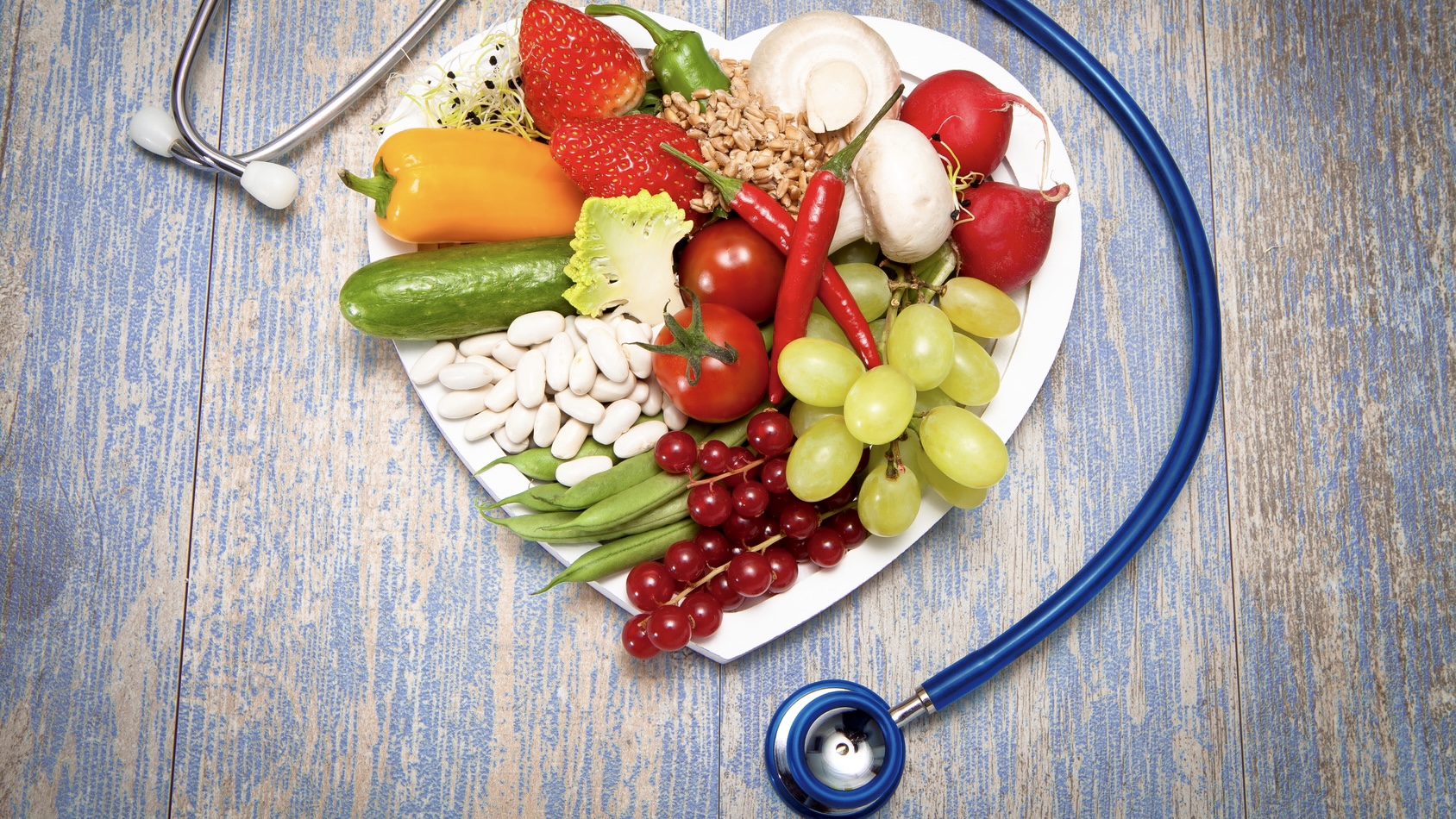By Rick Mautz — So, when we casually joke that we can’t resist certain foods (from biscuits and ice-cream to crisps and cheesy/meaty ready-meals), the truth is closer than we think – brilliant scientific minds are employed specifically to ensure that our brains make it virtually impossible for us to resist the temptation to eat more than we probably know is good for us.
Let me give you a modern, everyday example of food addiction. Russ is a 36-year-old husband and father of a one-year-old son. Russ should have died from a sudden “widow-maker” heart attack. There were no warnings, no symptoms, just the crushing chest pain one day that takes the life of 88% of its victims. His doctors might tell him that it was just his bad luck from having COVID, genetics, or his sleep apnea that led to this near-death experience. But after studying a little deeper into the causes of nearly 90% of heart attacks, Russ knows that his addiction to artery-damaging foods was the main culprit. But realizes how food addictions were a driving force for his lifestyle habits for years and are making it difficult to change even now when he knows the consequences if he doesn’t change.
Russ is determined to do all that he can to stay healthy and avoid another heart attack and he wants to help others change their self-destructive path before it is too late. And that is why he has asked me to share his story with you. As he is learning about food addictions, he wants to bring hope to anyone who is struggling with this powerful foe as well.
Let’s start with the premise that all of us want to be healthy and live a long life free of disease, with vigor and happiness. A second premise is that most of us have enough knowledge of simple physiology to know that there are things that we do in life that are not good for us and will have some negative effects on us in reaching the above dream. In fact, it is God’s will also that we “prosper and are in health even as our soul prospers.”
So why don’t we just choose life and the practices that lead to health and happiness and reject the practices that lead to disease, death, and disability? Enter addictions. From the very first temptation in the garden of Eden down to our modern day, the enemy has very artfully used our God-given physiology against us to weaken and destroy us. From the first euphoric feeling that Adam and Eve felt after eating the forbidden fruit to the dopamine rush of foods and drinks today, we are being destroyed by our own choices which we may feel powerless to change.
So, tell the alcoholic, the junk food junky, or the heroin addict to “just stop; it is killing you”. Addiction is one of the most powerful tools of the devil. Once put into motion, it perpetuates itself, and Satan doesn’t even need to be around. We just daily kill ourselves with our addiction-driven choices.
There’s no doubt that most of us believe that we are doing our best to eat with more health-consciousness, but it’s really an uphill battle when you’re fighting against Big Food and their desire for making huge profits from cheap ingredients, apparently with little regard for the devastating health implications for the unwitting consumer.
So, what is the answer? It is only through the power of the Life-Giver that we escape the tools of the life destroyer. The Life-Giver is willing and able to give us the power to change.
So, what are some of these physiologic laws that the devil has hijacked to use against us? It was God’s design for us to have joy and pleasure through normal, healthy lifestyle practices so he put within us dopamine (pleasure) receptors that respond to the dopamine, a feel-good hormone, that is produced by good food, exercise, positive life experiences and loving relationships. But just as in the garden of Eden, the serpent tempted Eve to question God’s motive for limiting the first couple’s freedom and encouraged them to explore a higher level of “pleasure”, outside the perfect design of their Maker, so today we are temped in the same way, also with disastrous results. We are all too slow to learn that God’s way is always best, and the tempter is all too ready to cause us to doubt His love for us.
Let’s start with food. All foods that God designed for our diet cause dopamine to be released, giving us pleasure, but at a level that is appropriate and healthy. High-calorie, rich foods, however, spike dopamine release, flooding our body with excess levels of this hormone. The body’s response is to “down regulate” the dopamine receptors response to avoid too high of a response. Yes, we felt extra pleasure, but next time, it will take more of that food or drink to feel the same pleasure. That’s why a Lay’s potato chip ad once said, “Bet you can’t eat just one”. In the language of the drug world, it’s called, “chasing the dragon”. Subsequent exposures are never as good as the first one. You keep eating, drinking, or using other stimulating experiences trying to get the same pleasure that you got from the first one. This is the driving force of addiction.
Addicting foods include refined foods like sugar, alcohol, fruit juices and white flour products. High-fat foods are also dopamine over stimulators, including all animal products.
That is one reason God gave Israel instructions on how to prepare meat without blood, extra fat or adrenaline (an almost impossible instruction to follow with animal products today).
You may have experienced the addictive nature of other practices such as video games, pornography and watching movies. But you may not have known that these addictions follow the same pathway of over-dopamine release making us desire more and more of this feel-good hormone.
What if one day you decide that you want to avoid a heart attack, cancer, diabetes, obesity and many of today’s chronic diseases by changing your lifestyle practices. Success in this quest will be difficult without understanding how the addiction works.
The first day that you attempt to give up sugar, for instance, will be difficult because those overstimulated dopamine receptors that have been down-regulated will not respond to the “normal” levels of dopamine that God designed to be released by the healthy food that He gave us for our health and pleasure. You are not just back to “normal” without a dopamine high. You feel lousy. The next day will even be worse. It may take a week or more of normal dopamine levels for the body’s dopamine receptors to return to normal, so that you feel appropriate pleasure, as God designed, from His diet and His lifestyle. Without this knowledge, you may give up before your body recovers from its former abuse. Your best recovery plan is to avoid altogether the products that caused the addiction that you are struggling with. And avoid that tempting phrase, “a little bit won’t hurt,” if you want to succeed.
Return with me to the place where it all began. God gave Adam and Eve everything they could ever want, including a whole garden of delicious fruit, but there was only one tree that he warned them to stay away from. Is it possible that Eve kept thinking about that one thing that she couldn’t have, so it was always on her mind, instead of focusing on the whole garden of the most delicious food available? I want to encourage you to not focus on what you should avoid, but on all the good things that will bring pleasure and avoid disease. Trust God that He wants the best for you and only restricts things that may bring immediate pleasure but, in the end, bring pain, disease and death.
If you are struggling with addictions and want to experience the best life of health and peace, but need help, there is hope.
Rocky Mountain Lifestyle Center was established for the very purpose of education and support for anyone desiring more out of this life and the next. Call anytime for free help to start on the road to better health 303-282-3676. Our lifestyle center’s temporary hours at this time are Tuesday and Thursdays 10:30-2:30 and by appointment whenever you need us. We are located at 2520 S. Downing St. Denver, CO.
–photo by UnSplash
